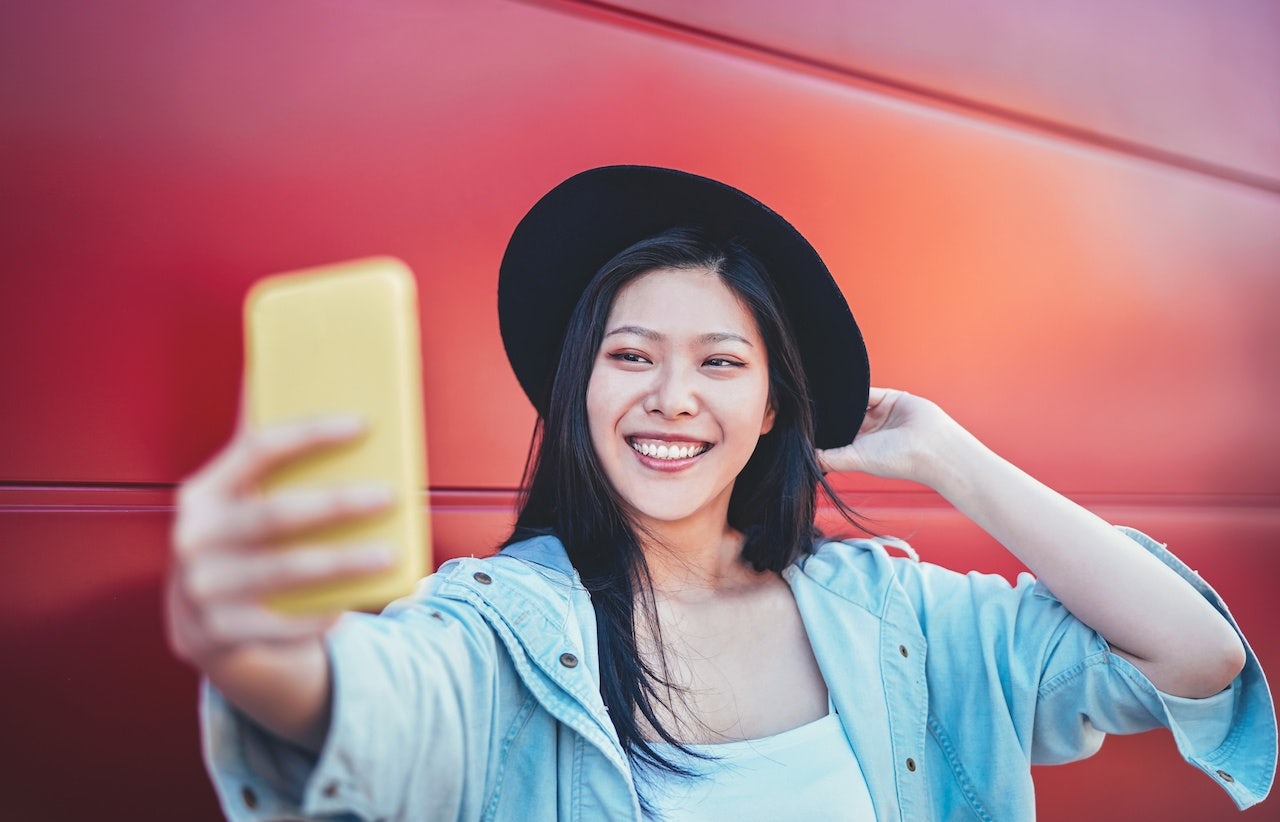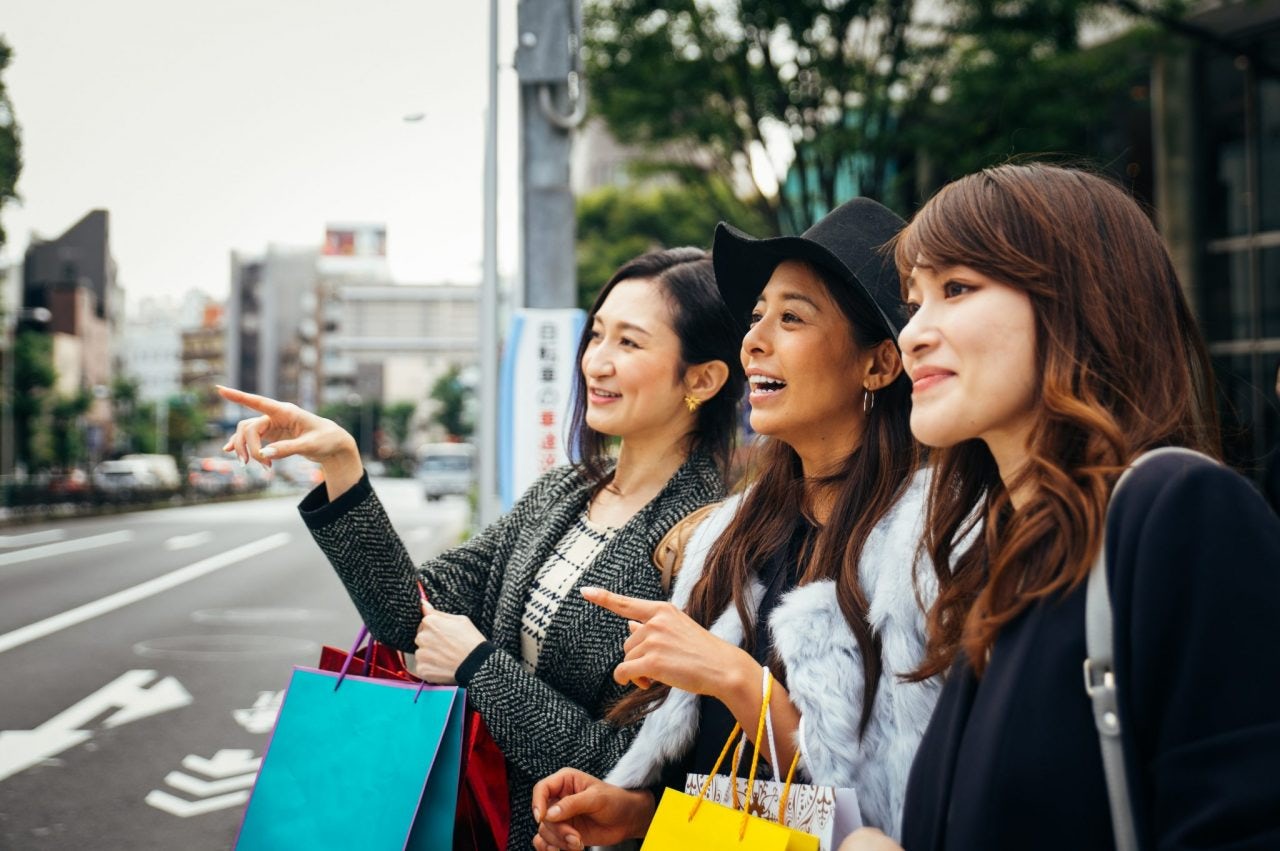In China, 18-30-year-olds currently account for two-thirds of luxury goods sales. Known as millennials, they make up roughly 12 percent of China’s population, or about 174 million people. As the biggest driver of the luxury market, it’s essential for businesses to understand their core values when it comes to luxury consumption.
The latest report from creative agency Ogilvy China, "Making Luxury Brands Matter," gets into the collective mind of this demographic through secondary and qualitative research conducted on millennial consumers from July 2018 to October 2018. Each interviewee was chosen to represent a different consumer type from different ages (within post-'90s), genders, marriage statuses, city tiers, lifestyles, household incomes, spending levels, wealth, and professions. “Middle-class” in this report is defined as a resident of a first-tier city with a household income of about 2,981 (RMB 20,000) per month and those that live in a second- or third-tier city and earn about 2,236 (RMB 15,000) each month. Below are their luxury consumption attitudes (in their words), along with the ways luxury brands can react to these consumers:
1. Dress to Fulfill Yourself (Not to Impress)#
“Everything I do right now is to become a better me.” —Li Xuran, 19-year-old student, Taiyuan, Shanxi Province
“Valentino matches my style better than Chanel because I have an athletic personal style.” —Song Ci, 28-year-old woman, Beijing
For millennials, the booming economy in China boosted consumer confidence and bred a positive attitude towards luxury, a perspective that’s very different from their elders. Therefore, instead of dressing to impress, millennials tend to dress for their inner-selves. To feed this sense of self, the report suggested customization as a solution, since “80 percent of young consumers would like to pay more for customized luxury goods.” A personalized item can grant a level of uniqueness that pushes these consumers to look past the price tag.
2. "Interesting" Is Better than "Capable"#
“…I bought this handbag because I know the designer, who became famous at the 2017 spring fashion show in Paris…” —Yao Ziwang, 28 years old
Even though they’re capable of splurging, the report stated that financially secure consumers don’t like being perceived as “rich,” but rather as “an interesting person.” The report gave examples of "interesting people" in modern China: a former male nurse-turned-singer Mao Buyi and the talk show host Li Dan, both of whom aren’t traditional male stars. But their humor and talent won the heart of millennials, and they’re now celebrated as self-made stars. Now we’re seeing luxury brands showcase their interestingness by hosting extravagant museum exhibitions so young consumers can immerse themselves in the brand history and story. This knowledge affects them more deeply than a price tag and could create long-term fans from this generation of buyers.
3. Longing for Belonging and Closeness#
“I don’t like to go to the brand flagship store. I feel that is for my parents and not for me. The ‘formalness’ of the atmosphere makes me want to escape….” —One interviewee
Distant sales associates, reflective marble floors, and super cold air conditioning… all these common luxury store elements are no longer attractive to millennials. As the one-child generation, they want a personal and earnest interaction with their favorite brand. Luxury brands should leverage the tone they put out on social media and interact with their consumers often.
4. The Product That No One Had#
“Luxury products? For me, it’s the Dyson hair dryer.” —One interviewee
“I collect limited editions of lipsticks and designer jewelry, for me, these are luxury items.” —One interviewee
“True scarcity will limit growth,” the report pointed out. “Rather than creating scarcity, brands should aim for creating a kind of “virtual rarity.” We interpret that as a special event or collection that buyers can share on social media that hasn’t been seen yet — this helps to expand a priced item into a memorable piece. For example, Coco Chanel’s game center in Shanghai and Hermès “Silk Mix” pop up in Beijing have demonstrated the power of creating a memorable experience that combines music and games.
5. Working Hard Towards Something They Desire#
“I buy a (branded) watch every time I make a deal and I buy a new (branded) wallet every year.” —One interviewee
Luxury products are no longer worn like a trophy to display wealth, but in some cases, they’re still meaningful objects demonstrating how hard one has worked to acquire them. “They see luxury brands as an inspirational and positive reward for their hard work and achievement,” the report wrote. Small beauty products, for example, like lipsticks and perfumes are easy entry items and a proven way of recruiting millennial consumers from a young age.
6. The Boundary Between Online and Offline Has Blurred#
“My WeChat Moments are a mini-Taobao, that’s where I will get a lot of info on new products from luxury brands. I would fly to Hong Kong to purchase it myself in the store's there.” —Song Ci
It’s common for this generation to research products online and then step into the store to do research in real time. The report stated that there are over 15 touch points throughout the millennial consumer journey. The report projected that “over the next few years, we expect to see more growth coming from online, and more ‘social’ and ‘shopping’ happening together, online.” This is a call for luxury brands to consolidate all touch points into a seamless experience.


